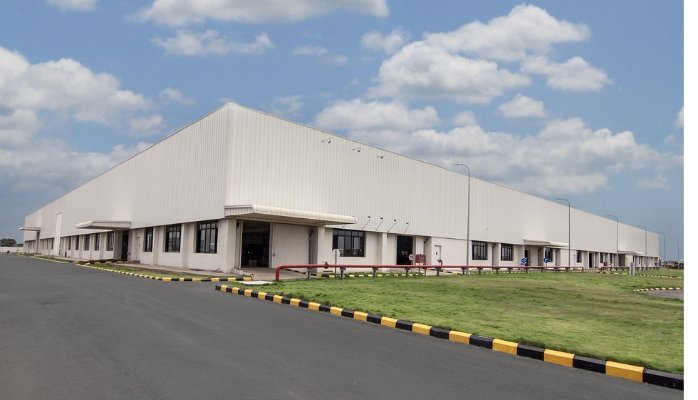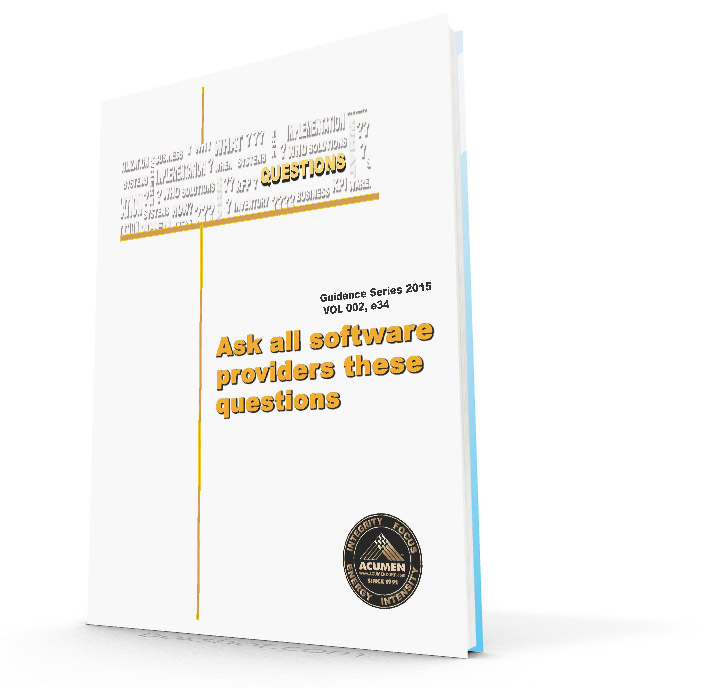As a business focused on “inventory intensive” companies, we are constantly working with our clients to organize and optimize their inventory. Many of our clients are committed to very high service levels. Of course if you are a wholesale distributor and are dedicated to efficient order fulfilment for your customers, maintaining lots of inventory at all times would seem to be the way to achieve that goal. But overstocking can be quite costly. So how much does it cost to maintain high levels of inventory?
Accounting professionals will often talk about inventory “carrying costs”. An informational website called www.Accountingcoach.com defines carrying costs in the following way:
“The cost of carrying or holding inventory is the sum of the following costs:
- Money tied up in inventory, such as the cost of capital or the opportunity cost of the money
- Physical space occupied by the inventory including rent, depreciation, utility costs, insurance, taxes, etc.
- Cost of handling the items
- Cost of deterioration and obsolescence
Often the costs are computed for a year and then expressed as a percentage of the cost of the inventory items. For example, a company might express the holding costs as 20%. If the company has $300,000 of inventory cost, its cost of carrying or holding the inventory is estimated to be $60,000 per year.”
Our research over the years indicates that many Chief Financial Officers, controllers and public accountants believe that carrying costs could be as high as 25%. If that is the case it makes sense to go to some lengths to insure that you stock the correct items based upon historical data, seasonality, economic ebbs and flows and so forth. It takes some doing but will ultimately help keep costs under control.
Another School of Thought
Of course not all business owners and executives keep a close eye on carrying costs per se. In preparation for this posting I polled a number of ACUMEN clients asking about their inventory related costs stated on an annualized basis as above. The most interesting alternative perspective came from the CEO of an Atlantic coast based jobber/distributor. You might be interested to know that this gentleman is an MBA with a management style of empowering his key people. Here are his words:
“Asking a distribution guy about carrying costs of inventory is a bit like asking a computer programmer about the efficiency of writing code. Answer is “it depends”.
I don’t really agree with the accounting guy’s estimates that carrying costs are 25% or more. Maybe for a manufacturing company, but moving inventory is our business. We tend to balance payables to suppliers with value of inventory and turn the inventory quickly, so we minimize capital costs. They always try to put “space” costs into an inventory calculation – but again that’s our business. So I look more so at money we can generate given a size of physical location – considering the whole operation. How can we generate the most profitable business using the least amount of inventory?
Inventory is intertwined with my whole business.”
My client’s focus is clearly more on the profit to be made from his inventory rather than the costs associated with warehousing it. This is more along the lines of “turns and earns” theory, which we will discuss in another posting. I do know that this particular CEO has and uses tools to take all factors that impact purchasing, stock replenishment and advance planning into account on a daily basis.
So perhaps there are at least two schools of thought on this question. I’d love to have you weigh in on the subject. Accountants? Business owners?



